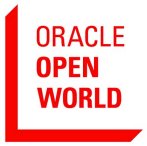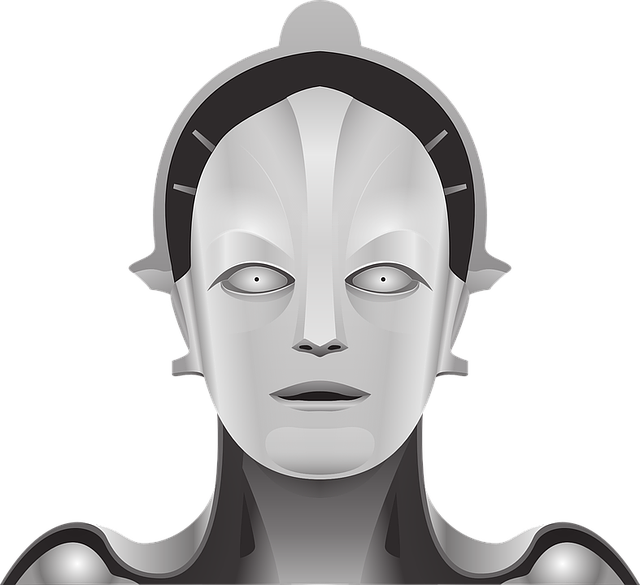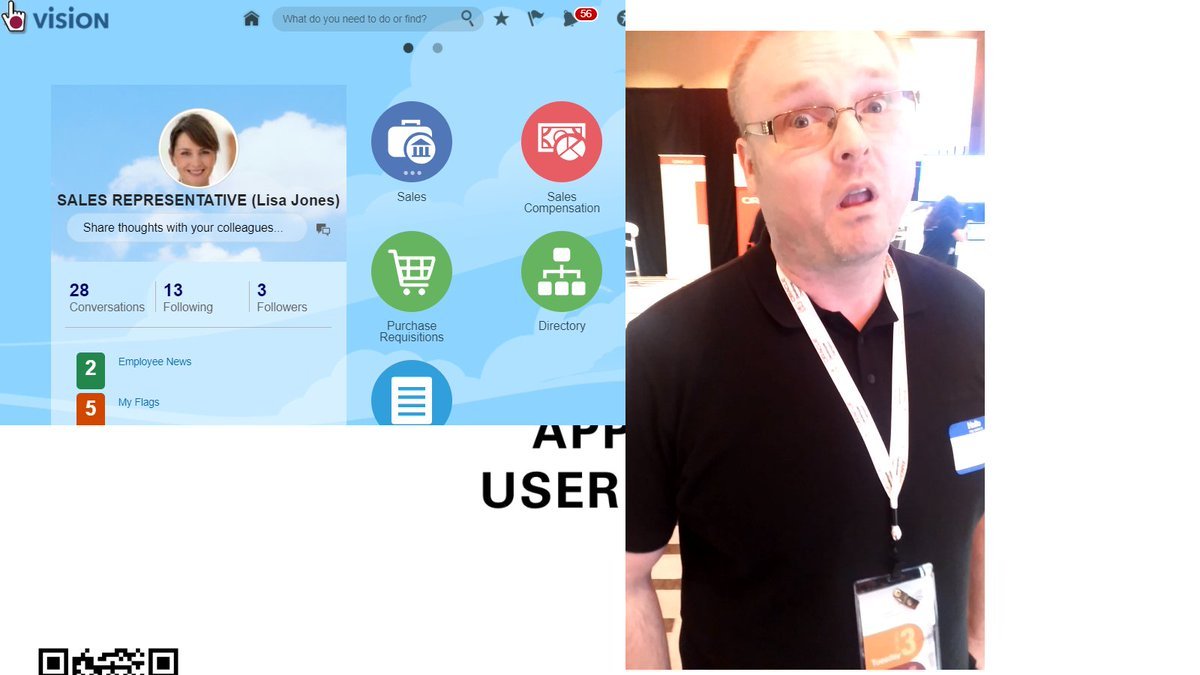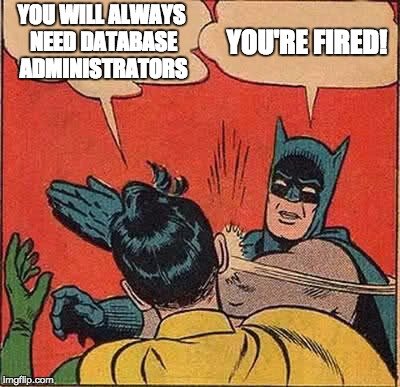 I’m finally starting to sync with the new time zone, so I had to set an alarm to be up in time for an 08:00 appointment.
I’m finally starting to sync with the new time zone, so I had to set an alarm to be up in time for an 08:00 appointment.
First up was an Autonomous Data Warehouse Cloud Hands-On Lab in the Hilton with Yasin Baskan and Hermann Baer. I wrote a bit about this separately here.
After speaking to Chris Jones I was planning on going to the next lab. Unfortunately it was full, so sat at a table and started writing up some notes. As I did I eyeballed a bunch of people turning up late for Chris’ lab and giving the ladies controlling the door a hard time because it was full. People are super rude. Some people turned up to the session 35 minutes late and still expected to be allowed in to do a 45 minute hands-on lab. Go figure…
From there I went down the road to the Marriott to see a session called “MySQL 8.0 Overview” by Morgan Tocker. I’m mediocre MySQL DBA at best, so this was just me trying to keep up on things. There was a lot of familiar stuff for an Oracle DBA/developer, like JSON support, WITH clause, windowing functions, optimizer histograms, invisible indexes, instrumentation, roles etc. It seems I accidentally know a lot more about MySQL 8.0 than I thought I did. 🙂
From there it was a quick dash across to Moscone West to see “Oracle Database Features Every Developer Should Know About” presented by my sister-in-law and son. I did know all the features, but there was one I hadn’t written about, so I sense a backfill article coming after I get back to the UK. 🙂
I was going to go back to the Marriott for a session, but got chatting and ended up missing it. After getting some food and bending David Haimes ear for a while I headed back to another session.
The next session was “Five Things You Might Not Know About the Oracle Database” presented by my sister-in-law and Dominic Giles. Once again, I had heard of everything, but there were two things I had not written about yet. One backfill article and one new article coming. 🙂
After talking a little time out to abuse David Peake, which is the highlight of any conference, I headed across to the room for my session, about 40 minute early. I got prepped, unplugged and started working through some notes again.
My session, “Make the RDBMS Relevant Again with RESTful Web Services and JSON” was down as a Java One session. That combined with it being in the last block before the evening party meant I was a bit concerned I would be presenting to nobody. I shouldn’t have worried. People came and I had a good time. I spoke to Connor later and he said I was moving really fast through the talk, 69 slides in 45 minutes, but he probably does 400 slides in that time, so I guess I was really slow. 🙂 The session finished at 17:15 and I was answering questions and chatting with some of the folks until 18:45.
By the time I got to the bloggers meet-up it was winding to a close. Just long enough to grab some food, say hello to a few people, including the wife, and get into a photo. Most of the folks then moved on to the evening event, but I had already found a good home for my wrist-band, so I ducked out and headed back to the hotel to crash. The wife streamed videos of Ellie Goulding singing “Love me like you do”, in an attempt to remind me of the time we watched Fifty Shades of Grey together, but I ignored her and went to bed. 🙂
Tomorrow morning marks the end of the craziness…
Cheers
Tim…
 I signed up to a hands-on lab for the Autonomous Data Warehouse Cloud Service. These are the notes I took during the lab. They are a little scrappy, but I think you will get the idea…
I signed up to a hands-on lab for the Autonomous Data Warehouse Cloud Service. These are the notes I took during the lab. They are a little scrappy, but I think you will get the idea…



